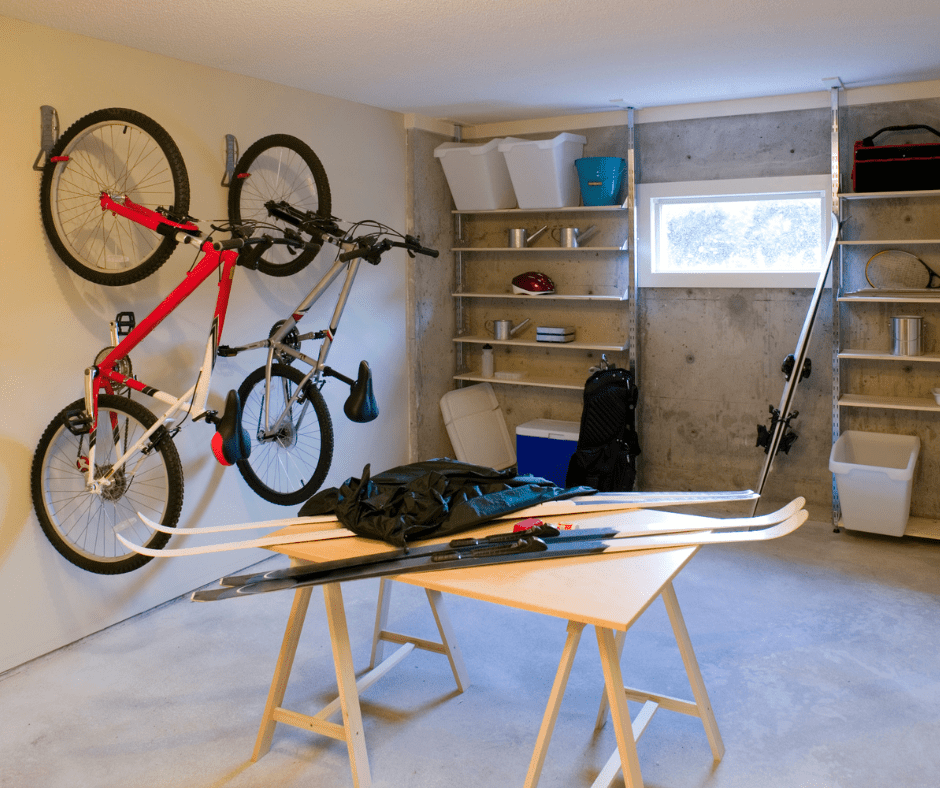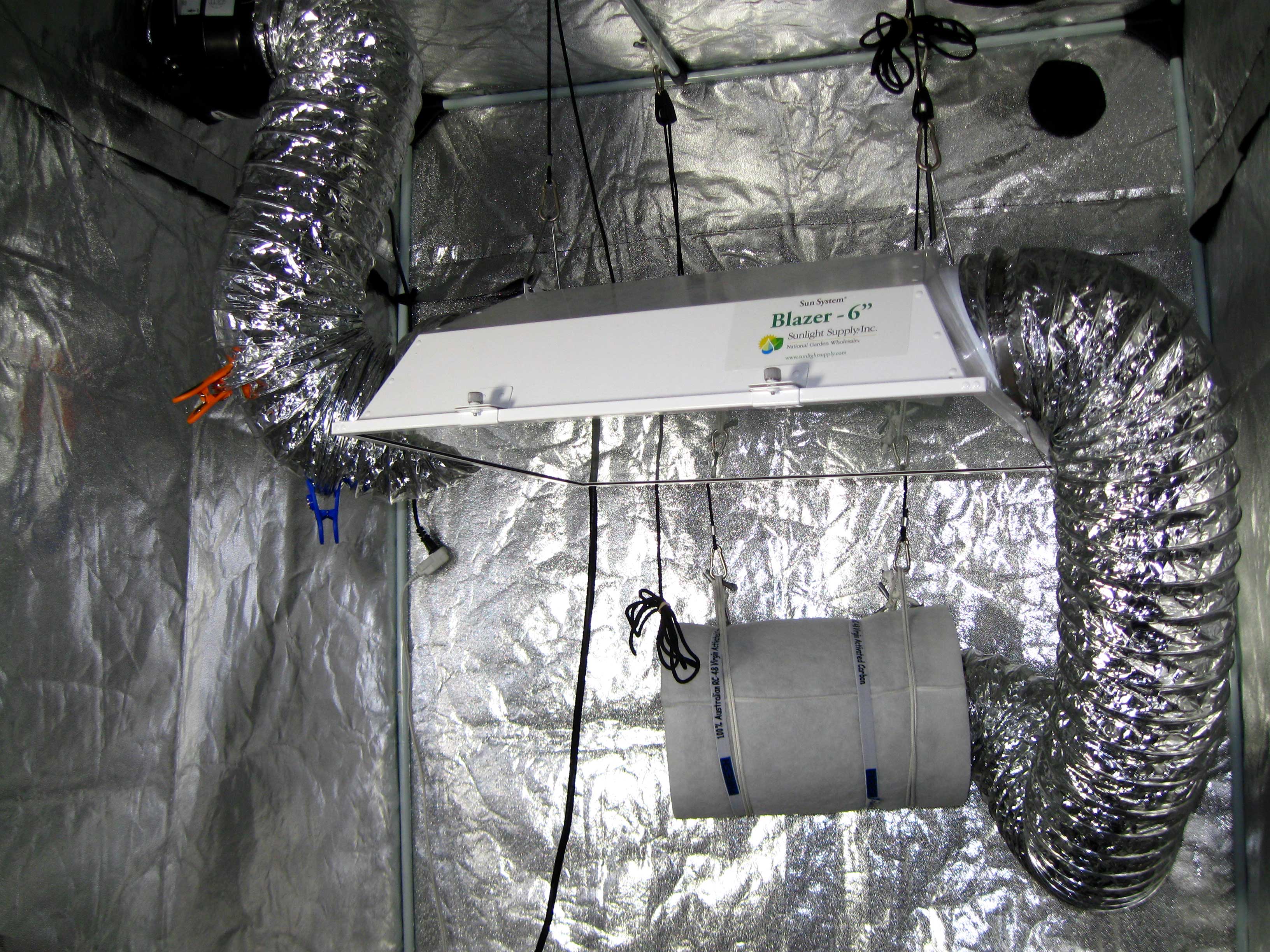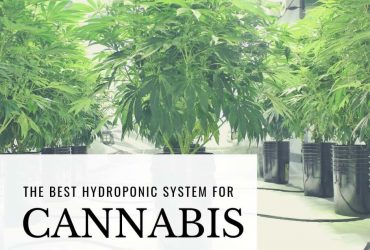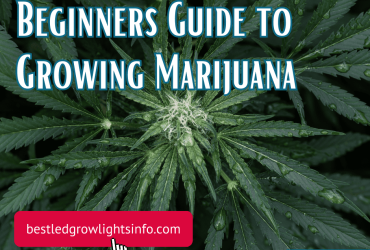Grow Tent Setup Guide for Beginners
When I was first starting out as an indoor gardener, I knew that having a full grow tent setup would make a difference. But figuring out how to set up a grow tent for the first time wasn’t easy, so I dealt with a lot of trial and error. Now, I’m using that experience to help others, leading me to create this grow tent setup guide for beginners to shorten the learning curve for those just starting.
I’m covering all of the basics in this grow tent setup guide for beginners. Plus, I discuss some of the best complete grow tents available at the end, making it simpler for anyone looking for an entire grow tent system in a single package. If you want to ensure you set up your new grow tent properly, here’s what you need to know.
Basic Grow Tent Setup Requirements
Overall, the concept of a grow tent is simple. Essentially, you have a frame that supports a durable reflective covering. The reflective surface helps augment your lighting, allowing you to centralize it and get better coverage. It also assists with temperature control and supports odor reduction, the latter of which is critical for highly aromatic plants that you don’t want others to notice.
However, while all grow tents perform the same function, how well they do it varies. Additionally, some offer extra features worth considering, as they often make growing plants indoors easier.
Before choosing a tent and setting up a grow room, here are some factors you need to consider.
Construction
The metal frame construction used to support your grow tent is a critical factor. Some have robust metal frames, while others are much lighter, thinner, or made of plastic. The gauge of the metals used can also vary, as well as the strength of the connections that support it.
Since that’s the case, you need to ensure that the gauge of any metal poles is suitable for the weight you need to support. Lights, fans, carbon filters, and similar items you need to position above plants are often heavy, so you must ensure that the tent is up to the job.
Growing Room
Grow tents come in various sizes, with footprints as small as 4 square feet to over 60 square feet. Additionally, they can be as short as 2 or 3 feet tall or measure well over 6 feet.
Some tents also have structures that allow for shelving, giving you multiple levels of grow space. Others won’t handle more than a single row without adding your own shelves or tables.
Before choosing a grow tent, you must consider how much growing room you need. Then, you can compare that to your available floor space, allowing you to determine what size of tent you need and whether a multi-level shelving system is required.
Energy Efficiency
Grow tent setups can require a surprising amount of energy, though some have features to reduce that expense while others don’t. For example, lights add heat, so you usually need ventilation fans. The tent’s design impacts airflow, which can alter how hard the ventilation fans need to work, leading to higher or lower overall costs.
Similarly, reflective interiors can reduce your lighting needs. You can go with less powerful lights and still get great results if they do. However, the effectiveness of the surfaces varies, so you need to research the options you’re considering to see if one is more energy-efficient than the others.
Pest Control
How well a grow tent can keep pests off your plant depends largely on its construction. Tighter seals and seams do make a difference, for example.
But it’s important to understand that no grow tent can guarantee to keep all pests out. As a result, you may need to use other pest control methods, the nature and amount of which may vary depending on how well your tent performs.
Lighting Options

While grow tents don’t commonly come with lighting, you need to factor lights into your decision-making equation. Without the right grow light, your plants won’t thrive.
Grow lights come in a variety of shapes, sizes, and wattages. As a result, you have to consider how much light you need and how much space there is in the tent for lighting.
It’s important to note that the lighting you choose also impacts the temperature in the grow tent. HID lights run far hotter than LED lights. If you need to keep your plants within a specific temperature range, you need to account for the heat created by the lighting. Additionally, you may need to adjust the height of lights if you switch from HID to LED or vice versa to avoid scorching.
If you want to learn more about grow lights, check out my LED grow light guide for additional information.
Odor Control
Most grow tents do a reasonable job of reducing odors. However, some include features designed to prevent smells from emanating from your grow tent. For example, some may have more space for carbon filters or better closures at the seams and over openings. Others may have odor-fighting linings, further reducing any aromas that may otherwise come through.
Whether odor control is a concern depends on what you’re growing and whether you use certain odor-causing materials, like specific fertilizers. However, it’s critical not to overlook it if the odor is a concern.
Ventilation, Electrical, and Irrigation Ports
Many grow tents have built-in ventilation or intake and exhaust ports to create proper airflow. Without those ports, fresh air doesn’t move through the tent, which can impact your plants.
Additionally, electrical and irrigation ports let you run cords, drip systems, and similar items through the tent. As a result, they’re often considered critical features.
Ease of Cleaning
Many people don’t realize that grow tents require regular cleaning. Since they do, you want to find an indoor grow tent that isn’t overly cumbersome to wipe down. Features like removable floor trays make a difference. Additionally, ensuring the grow tent is easy enough to get into to wipe down the interior is important.
Appearance
For some indoor gardeners, the ultimate grow tent doesn’t just perform well; it also doesn’t look like a grow tent. When discretion matters, choosing one that resembles a wardrobe could be the better choice. However, even if you aren’t trying to be discreet, it’s wise to consider whether you enjoy looking at the grow tent before buying.
How to Choose the Best Grow Tent
Choosing the best grow tent for your needs is challenging if you’re a beginner. There are a surprising number of grow tents available on the market, and they each have unique benefits, drawbacks, and specifications.
To help you decide, I’m including some tips in this grow tent setup guide for beginners to make choosing one easier. Here’s a step-by-step process to ensure you get the best grow tent for your needs.
Start by Setting a Budget
Grow light tents run the gamut when it comes to pricing. Some are incredibly affordable, coming in with price tags below $50. Others are significant financial investments, costing more than $2,000. However, many run between $100 and $500.
Before looking at your options, determine what you’re comfortable spending. That way, you can find the best grow tent available in your price range.
Move on to Size
Usually, you’ll only have so much space available for your new grow tent. Since that’s the case, making size your first consideration is a good idea. Along with impacting the amount of floor space you’ll need to dedicate, the size also determines how many plants you can support.
Many people prefer a medium-to-large grow tent, with 48″ x48″ x80″ grow tents like the VIVOSUN Mylar Hydroponic Grow Tent, being very popular.
However, if you’re low on space, an alternative like the CoolGrows 2x2x4 Feet Small Indoor Mylar Hydroponics Grow Tent is worth considering. There are also larger versions on the market, so keep that in mind.
Examine the Frame

The frame impacts the strength and stability of the grow tent. The structure needs to handle the weight of the covering and anything hanging from it, including lights, filters, plants, and other additions.
Plus, how the frame is designed determines how easy or hard it is to put the tent together. It also affects reusability, as some tolerate being put up and taken down repeatedly better than others.
If you’re concerned about the physical aspects of putting it together, look at the grow tent instructions. Those will tell you how the pieces connect and whether you need special tools, allowing you to estimate the difficulty.
Look at the Fabric Material
The fabric material impacts the durability of the cover. Heavy-duty fabrics like canvas help make your tent lightproof and are designed to last. However, you also need heavy-duty zippers and tough stitching if you want longevity. You might also want Velcro flaps around the seams or along stress points, such as frame corners, for additional durability and to prevent light leaks.
Check for Ventilation Ports

Generally speaking, you don’t want a grow tent that doesn’t have at least two ventilation ports to ensure decent airflow. However, some like having more.
Just be aware that unused ventilation ports make it harder to maintain a particular temperature. Additionally, the number of ventilation flaps impacts how lightproof the design is, as they introduce openings that could allow light to escape.
Consider Extra Features
Grow tents can come with a variety of extra features designed to improve your gardening experience. For example, some include windows in the doors. With those, you can check on your plants without opening up the tent completely, which helps keep the internal temperature and humidity steadier.
Gear mounts are another addition you’ll find with some grow tents. Those serve various purposes, often making it easier to add critical equipment and keep it secure.
Tool pockets are another handy feature you might see. That gives you a space for keeping gardening tools available without leaving them on the floor or storing them in another part of your home.
Best Complete Grow Tent Kits
In some cases, the easiest way for a new indoor gardener to get started is to go with a kit. That’s why I’m including a few options in this grow tent setup guide for beginners.
Grow tent kits include everything you need to start your indoor gardening journey. Along with a grow tent, you’ll typically get a suitable grow light and a carbon filter. Plus, some include hydroponic grow systems.
By opting for a grow tent kit, everything you need is in one package. Just add your plants, and you’ll be on your way to success in indoor gardening.
Here are some of the best complete grow tent kits available today:
If you’re interested in learning more about grow tents versus grow boxes and which is best for you, I’ve touched on that in a previous post.
Enjoyed this post? Pin it!











